Beetlecrab’s Tempera isn’t your typical musical instrument. It’s not even your typical synthesizer.
It began life as a college venture: an A4 piece of paper with a dozen reels of cassette tape caught to it, which might be ‘performed’ with two hacked-up tape heads. Scrubbing throughout the tape with the tape head would play again tiny samples of the audio, like a tactile, analogue model of a granular synthesizer. Getting any coherent musical concepts out of it was near-impossible, although, admits its creator and Beetlecrab co-founder, Andre Sklenar. It was primarily solely helpful for “artsy stuff” and as an ambient soundscape machine (which continues to be fairly cool, actually).
Sklenar and his enterprise associate, Adam Heinrich, revisited this educational journey shortly after releasing their first synth, Vector, in 2021. With its hybrid synth engine and workflow centred round an ‘Orbiter’, Beetlecrab’s debut product was deliberately experimental. Tempera builds on Vector’s idiosyncracy; this granular synth received’t allow you to play notes or chop samples in the best way you’re accustomed to — it forces you to get hands-on and discover sound in unfamiliar methods.
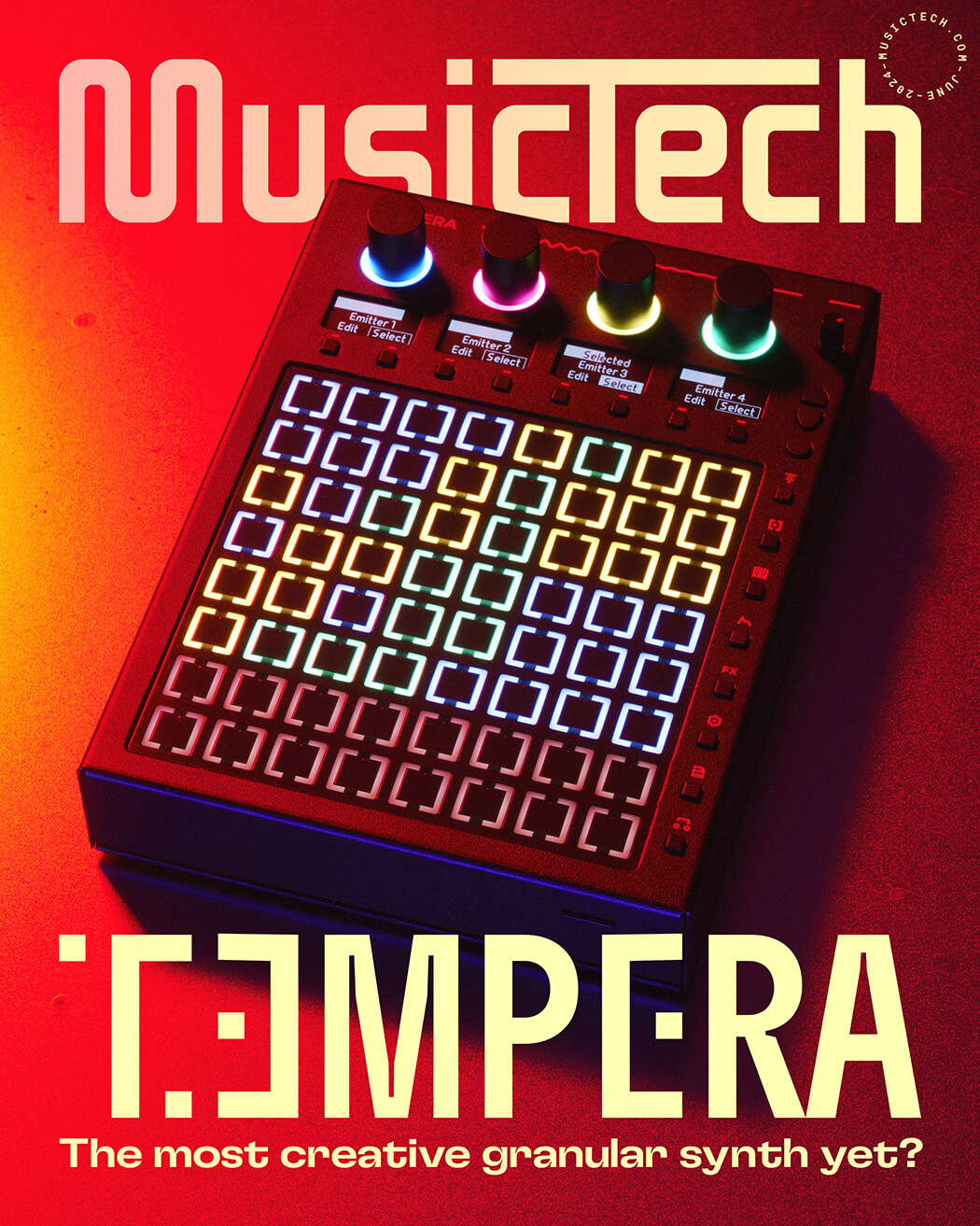 The Tempera by Beetlecrab. Picture: Simon Vinall for MusicTech
The Tempera by Beetlecrab. Picture: Simon Vinall for MusicTech
“The interface and the capabilities of a synthesizer largely decide the musical outcome,” says Sklenar. ”So we tried to make the interface considerably totally different, to interrupt this consolation zone; simply blow it away so it’s simply not there anymore and also you’re compelled to get out of your automated pondering.”
From the second I first switched on the Tempera, I used to be hooked. Not as a result of it was serving to me create masterpieces (it wasn’t), however as a result of each time one in all its 64 touch-sensitive pads was hit or one in all its knobs have been turned, it could make a recent and distinctive eerie, erratic sound. For the primary hour, I had no thought what I used to be doing, however I used to be having enjoyable letting the Tempera and its inventory samples information me on a bizarre sonic journey.
“Yeah, it occurs to me as properly,” jokes Sklenar from the Beetlecrab HQ in Prague, Czech Republic. “When growing, somebody may report some sort of bug; I begin searching for it, then I get utterly distracted and realise later I want to really discover and repair the bug. However I like that very hands-on nature of the Tempera.”
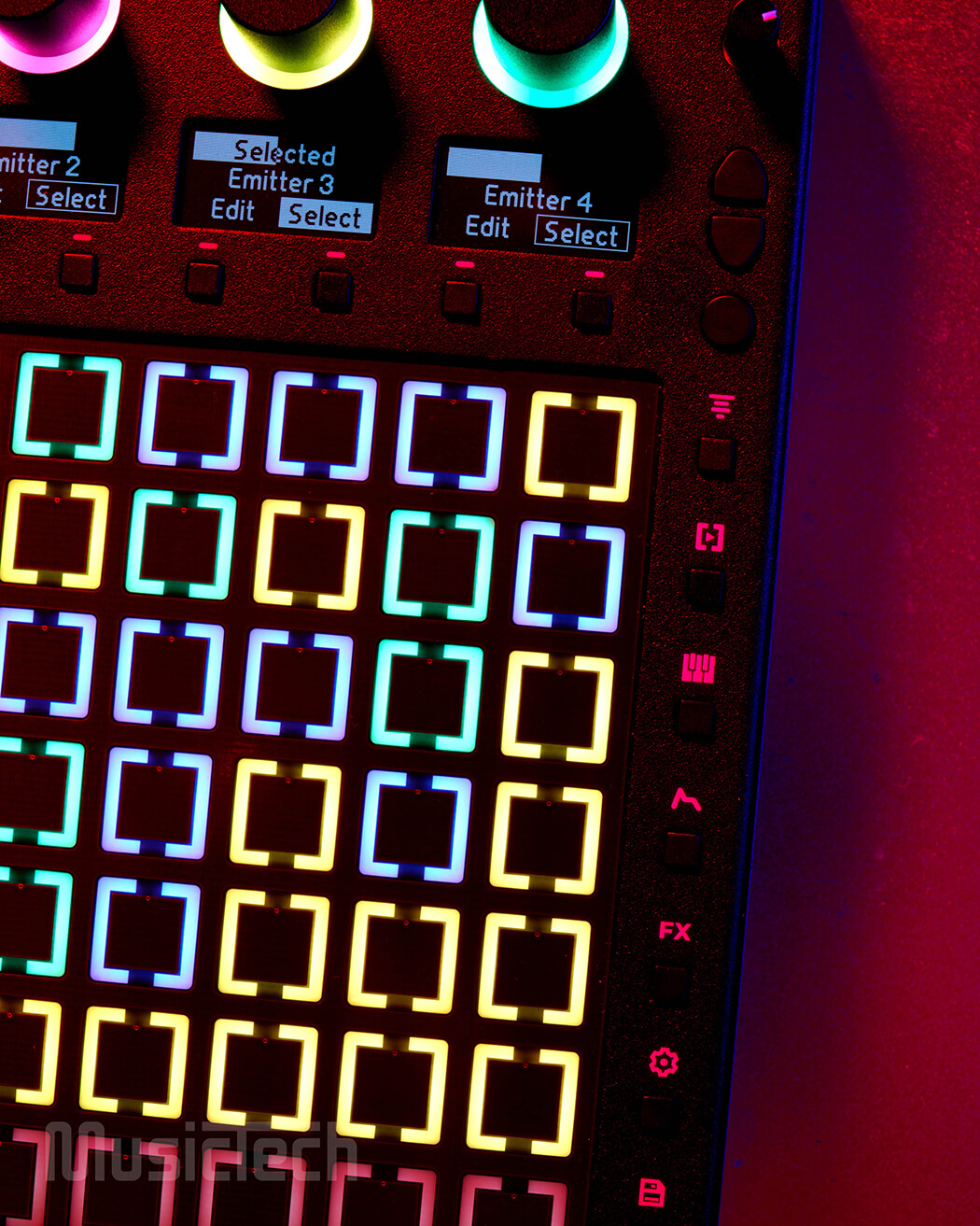 Picture: Simon Vinall for MusicTech
Picture: Simon Vinall for MusicTech
Beetlecrab’s Prague workplace isn’t precisely bustling. Sklenar is speaking to me by way of video name from the workshop, with a backdrop of cardboard bins and supplies. Alongside he and Heinrich, the 2 co-founders are joined by an meeting engineer and a QA engineer, making every Tempera and Vector to order.
Sklenar enjoys having a small operation; he and the group are capable of maintain in direct contact with their clients and deal with points, collect suggestions for future firmware and, nicest of all, obtain reward instantly.
There’s loads to reward in regards to the Tempera, in equity. The granular synthesizer packs a pool of 4,096 stereo grains, performed by 4 concurrent ‘Emitters’ with 16-voice polyphony. You’ll largely be utilizing the 64 backlit pads, that are divided vertically into eight tracks, every one containing a pattern of as much as 11 seconds lengthy that’s cut up throughout the eight strips. You possibly can play the samples by touching one of many pads and, relying on the mode you’re in, choosing a pitch with the keyboard overlay.
…I do know, it’s loads, however stick with me.
The 4 dials on the high of the Tempera can be utilized to tweak parameters, form envelopes, edit pattern lengths and alter the Emitters. An results engine helps you to apply refrain, delay, reverb and extra, whereas an onboard mic helps you to document sounds to govern instantly. It can save you and cargo your sounds to the 8GB inside storage and a microSD card.
Oh, and likewise, there’s a enjoyable function that may set off different samples round your finger place, so you will get some fascinating, various soundscapes immediately.
Okay, obtained it? No? That’s alright. Tempera isn’t a straightforward beast to tame at first, however skilled customers have discovered unbelievable methods to get inventive with it.
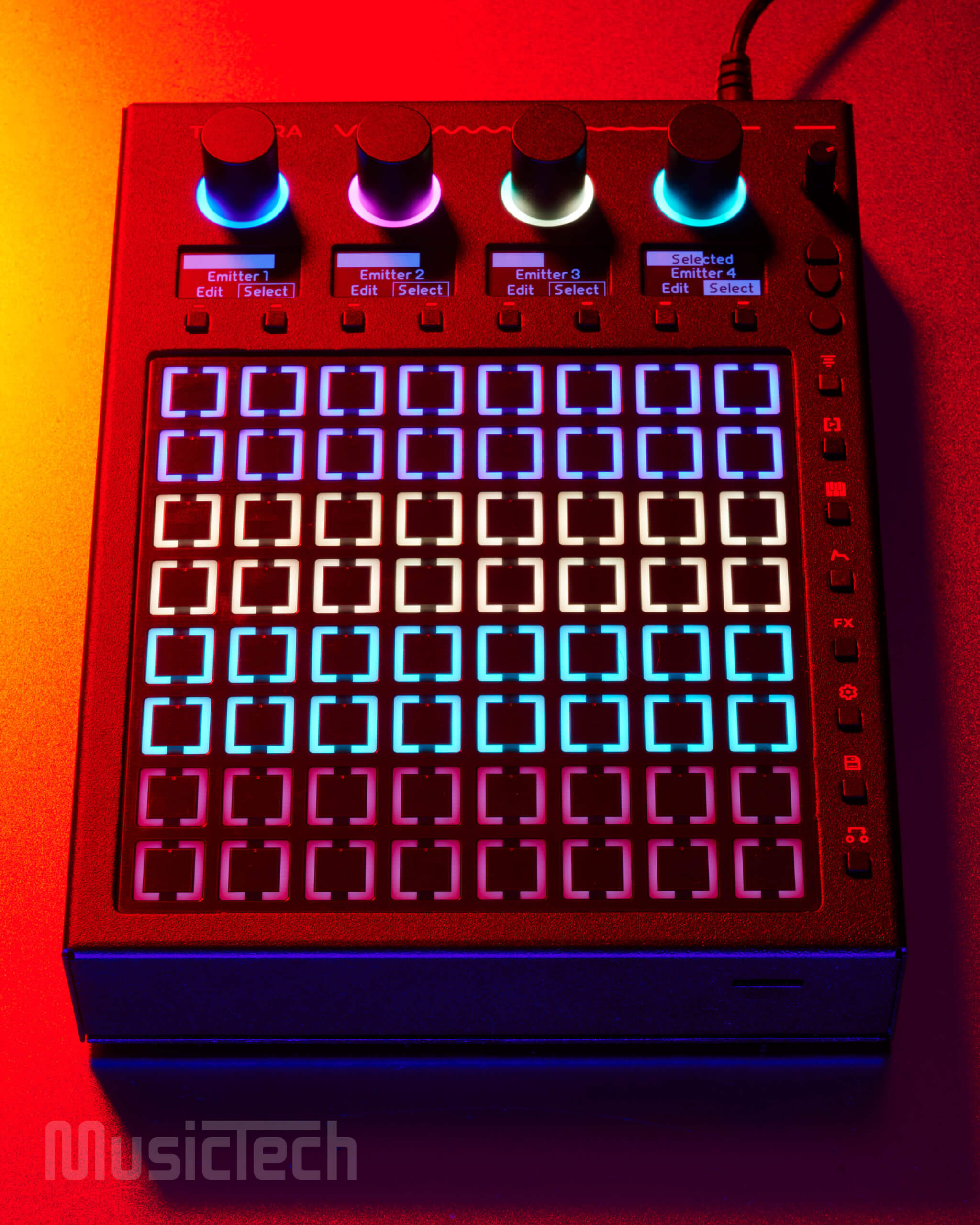
Producer and content material creator Jeremy Blake at Purple Means Recording was an in depth collaborator within the making of the Tempera. In a current video, he showcases it as a manipulator of jungle drum breaks, whereas others have discovered it extremely helpful as a cinematic scoring instrument.
However Beetlecrab’s drawback, Sklenar says, is conveying to potential clients what the Tempera truly does.
“Because it seems, one nonetheless must learn the guide, possibly get a walkthrough,” he says. “However I feel that as quickly as one grasps the fundamental idea that it’s grain emitters on high of a sound mattress of samples, it sort of clicks. There are not any hidden shortcuts or bizarre shift workflows. When you get the idea, the remaining is okay. We tried to make it extra approachable [than Vector], which I’m unsure we succeeded 100 per cent, however we gave it a go.”
Sklenar, who confesses he’s not a pure marketer or promoter (“nor I’d discover advertising very attention-grabbing”), sayshe and Heinrich have been nervous about releasing the Tempera. How would they get the idea throughout? Even when making preset patches, generally known as Canvases, for the Tempera, the 2 realised they’d nonetheless needed to do extra to exhibit how every function works.
Actually, one of the best ways to get to know the synth is to get your arms on it. Heinrich and Sklenar knew this from the second they’d the prototype underway. “We had a prototype unfold out on the desk,” says Sklenar, “with code working by means of it to set off the grains. ‘As quickly as we positioned our hand on the grid and performed a chord, we knew instantly, ‘Okay, that is it.’”
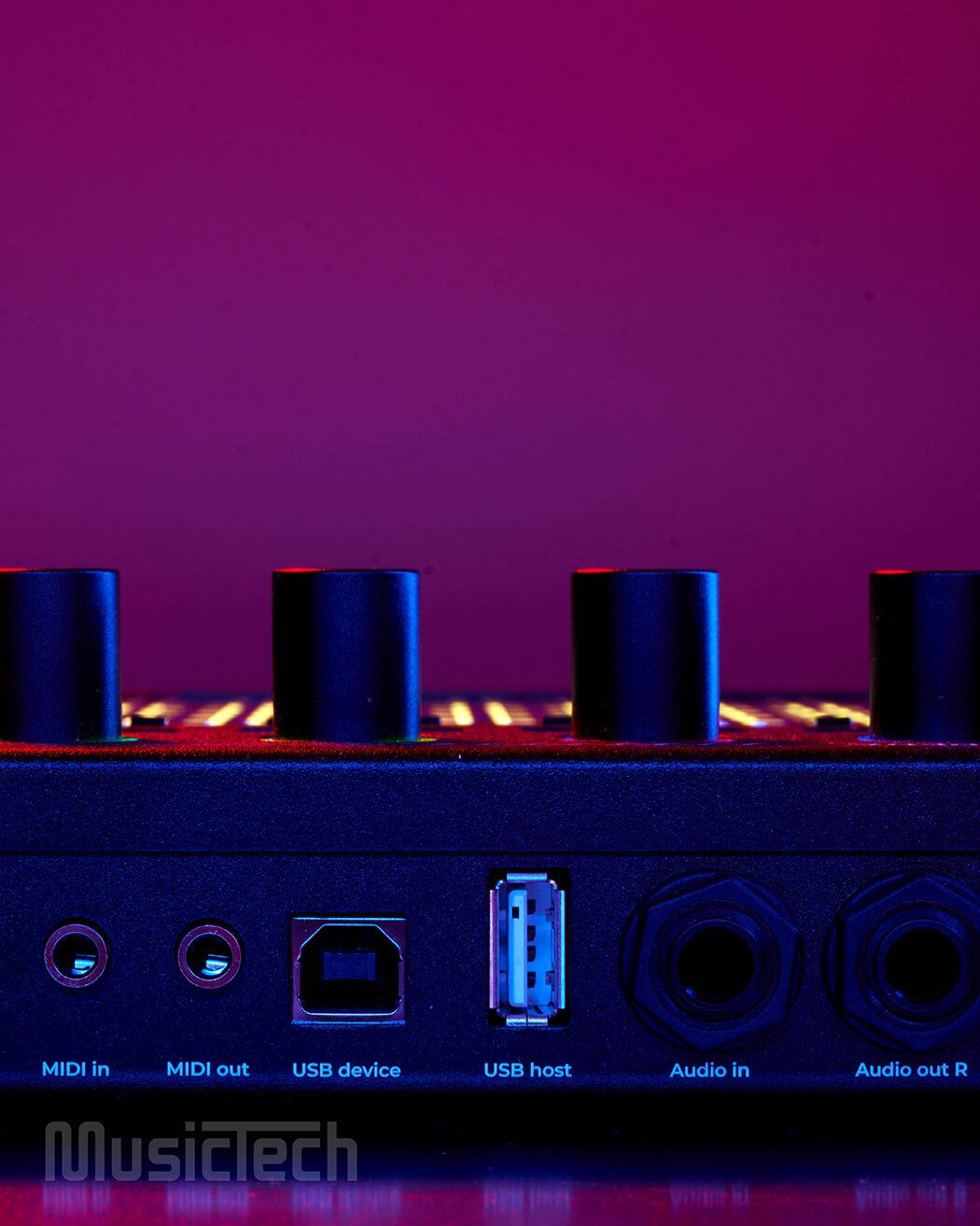 Picture: Simon Vinall for MusicTech
Picture: Simon Vinall for MusicTech
When Sklenar and Heinrich took the Tempera to Superbooth 2024 in Berlin, they have been met with immense positivity and intrigue. Most Superbooth attendees are on the hunt for the quirkiest musical machines, so Beetlecrab’s two merchandise have been sure to be a success. Even there, although, synth lovers have been approaching the Tempera anticipating it to be a Launchpad or grid synthesizer. They’d set off the 4,096 grains and 64 emitters, immediately listening to a wealthy, complicated and convoluted sound.
“The factor is, the machine can deal with it,” laughs Sklenar. “It received’t break a sweat. It’ll simply explode with grains. It’s an enormous arsenal of stuff and it’s necessary to be taught to manage it, to be sparse, to not go tremendous loopy. So these are the challenges, however the response has been wonderful. Individuals can’t put it down.”
The Beetlecrab group has heard inspiring tales from its Discord channel and e-mail inbox, with Sklenar recalling one person who set it up for his or her little one to experiment with. When you see the Tempera’s brightly colored pads of blue, pink, yellow and inexperienced, you’ll be able to see how a child would gravitate towards it — properly, adults too, truly. That enchantment was at all times a part of the plan.
“We undoubtedly needed to design one thing that’s lovely and practical. That was truly the situation for us doing something in any respect,” Sklenar explains. “ I feel that operate is extra necessary than type however that doesn’t imply that type just isn’t necessary.”
 Picture: Simon Vinall for MusicTech
Picture: Simon Vinall for MusicTech
Lights may flash and dance across the Tempera, however every has a goal. The 4 colors signify the emitters, and so they talk when sound is being performed, the way it’s being performed, and what sound is being performed round them. It’s a shocking show that invitations you to maintain tinkering and seeing what’s subsequent. And it’s a wise transfer by Beetlecrab. A social media presence is important, and we’ve all seen movies of selfmade Novation Launchpad exhibits, so the Tempera’s aesthetic enchantment is prone to entice creators to movie themselves enjoying thoughts boggling sounds. From that perspective, Sklenar and Heinrich’s advertising proficiency isn’t so dangerous in spite of everything.
Some content material creators are already having a subject day with it. The aforementioned Jeremy Blake at Purple Means Recording has expressed his love for it, as has high-profile music technologists Andrew Huang and Loopop. Blake’s involvement was truly key in bringing the Tempera as much as scratch. Though his sound design movies with the synth are spectacular and academic, Sklenar tells us that Blake’s expertise with the Tempera was a rollercoaster.
“He’s a person of endurance, as a result of I’d ship him a firmware that fixes three bugs however creates two new bugs, and that was principally the mode of operation for all the interval between Might to November [when the first public batch was released]. In fact, he’s an artist, I’m an engineer, so I’m ready for possibly larger ranges of frustration with equipment. However for him to attempt to be inventive with a machine that will typically do random stuff will need to have been irritating. Jeremy has been nice, although — he created wonderful samples for the Tempera tailor-made particularly for it.
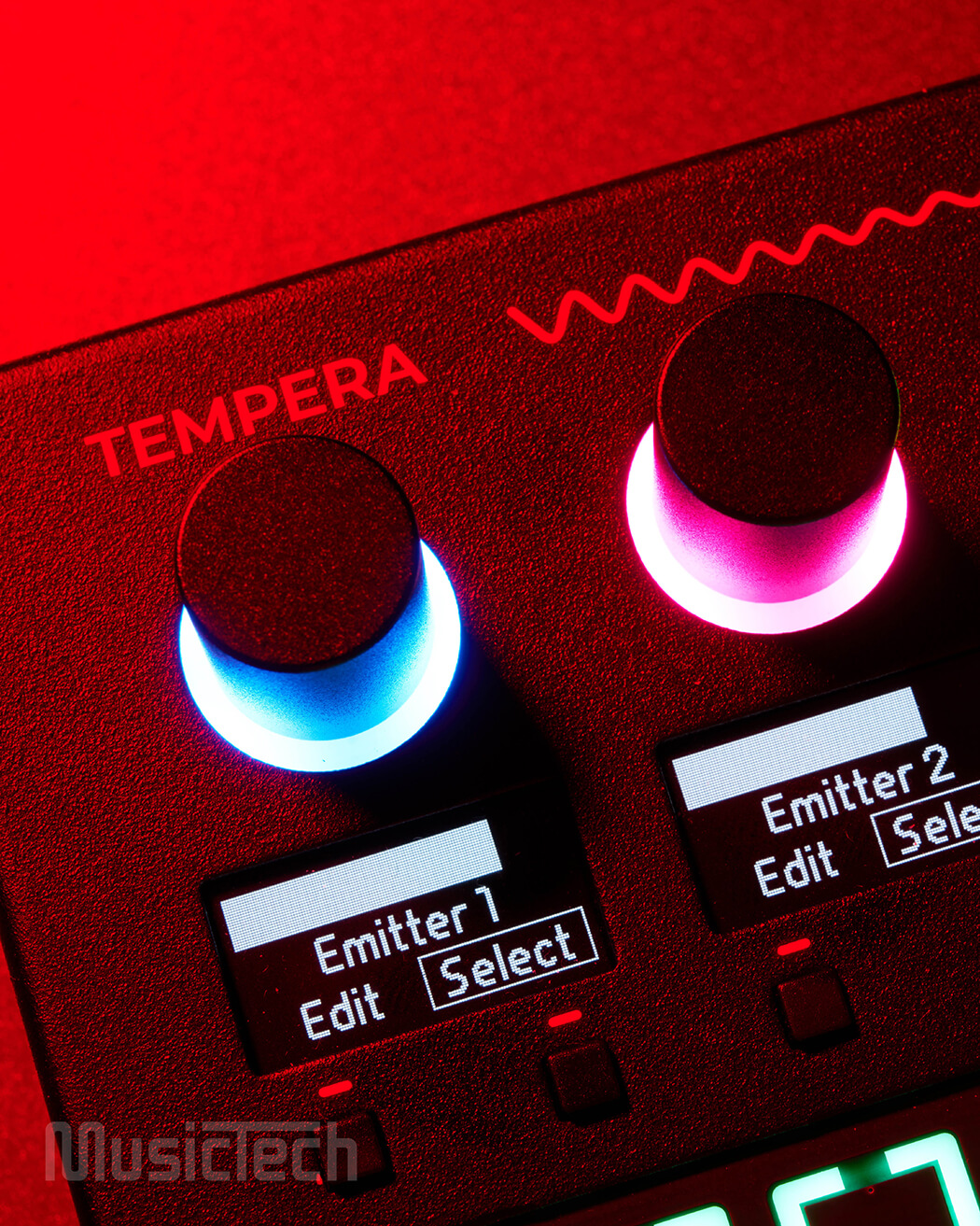 Picture: Simon Vinall for MusicTech
Picture: Simon Vinall for MusicTech
Not like Blake, I nonetheless haven’t found out precisely the best way to benefit from the Tempera. However Sklenar is correct; with the ability to virtually contact the sound because it’s being performed is hypnotic and makes you wish to be taught extra. However at $720, can you actually afford to choose one thing up and never know the best way to use it?
“With a machine that does one thing totally different,” explains Sklenar, “it at all times takes just a little little bit of time to seek out its personal viewers, as a result of every little thing is so saturated as of late. However Tempera works for ambient music, it might probably document devices, may be performed very organically and expressively, and there’s all these little granular noises…There’s a tremendous individual on our Discord who’s utilizing Csound — a programming language that permits you to programmatically create audio samples — to generate samples that match particularly on the contact grid in very inventive methods, like making pixel artwork on these samples with the LEDs. You possibly can actually paint with it.”
The Tempera’s customers have stored fortunately busy, however Beetlecrab has stored even busier. On a regular basis, the group is gathering suggestions from its clients to create new updates, iron out bugs, create new tutorial content material, all whereas balancing one other three or 4 synthesizer initiatives. However, as we collect from our name, Sklenar and Heinrich are thrilled to have the ability to convey their wacky imaginations to life.
“I imply, there’s nothing higher than this. Now we have, like, three to 4 synthesizers within the pipeline from blueprints by means of to prototypes. And it’s so rewarding, as a result of I can truly see the machine assembled; I can see it travelling to the testing station, then I see it being rotated into the packer, after which it’s within the field, after which I can see it on the shelf, then it leaves, and three days later, I get an e-mail saying ‘I simply obtained my Tempera, I’m loving it.‘ It’s such an amazing factor. It’s good, actually.”
Study extra about Beetlecrab’s Tempera, which is on the market now.

